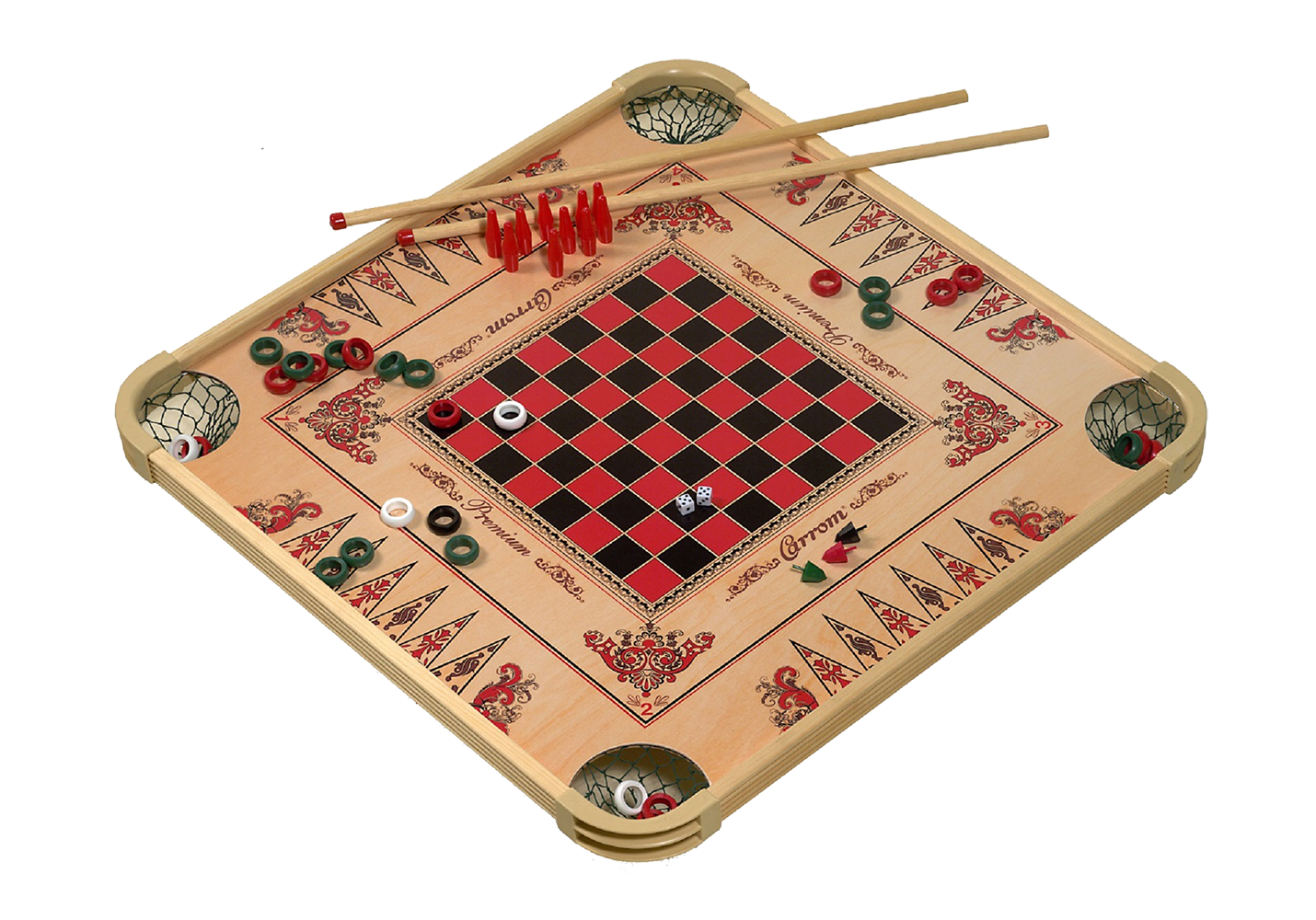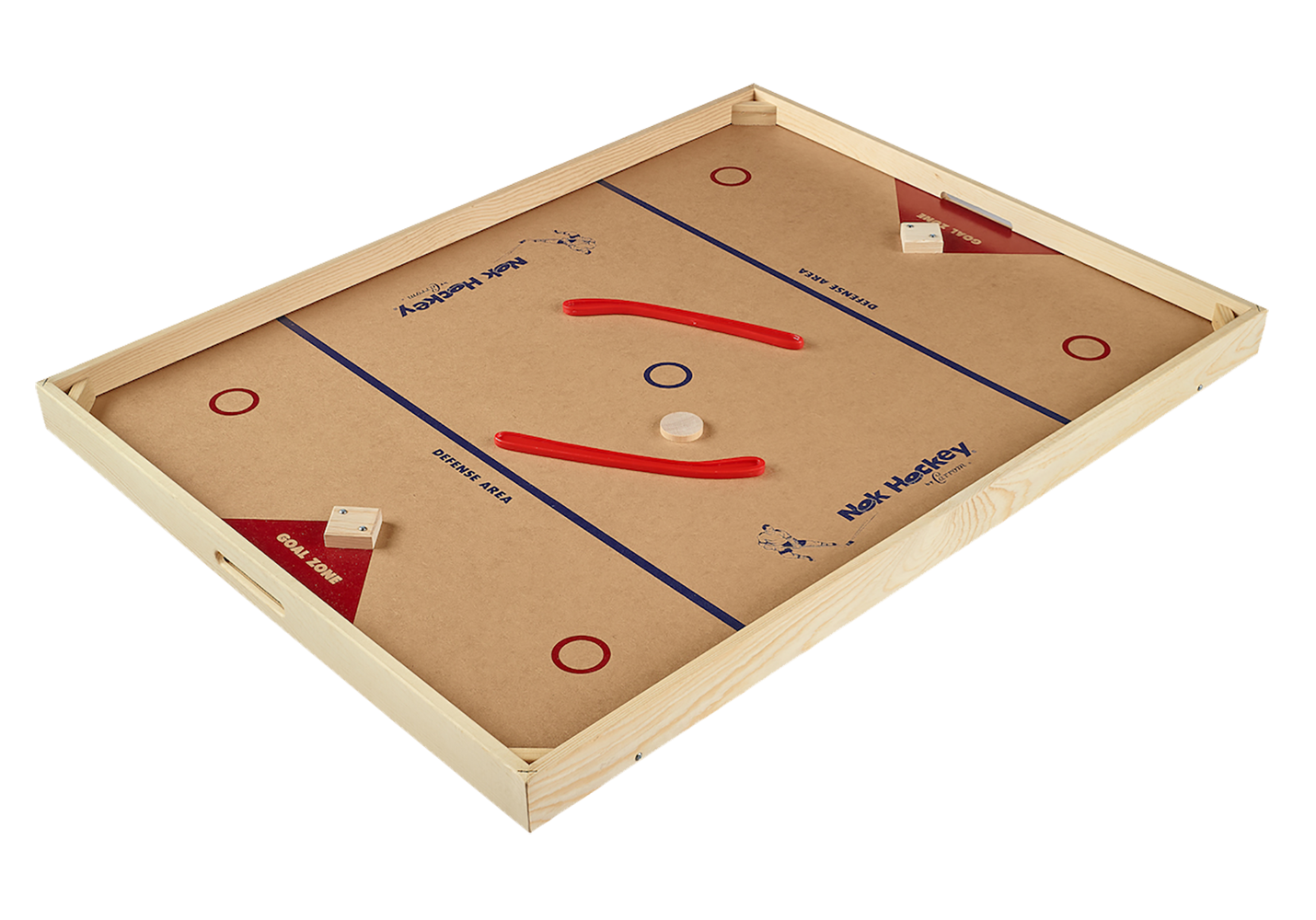 Welcome to Carrom.com!
Welcome to Carrom.com!
We’re thrilled to announce that Carrom is now under new management. Rest assured, we’re committed to upholding the long-standing tradition of crafting high-quality, American-made games that you know and love.
Stay tuned as we gear up for the launch of our new ecommerce site! Get ready to experience the joy of Carrom games right from the comfort of your home. Quality, tradition, and fun await you.
In the interim, we have several products available on Amazon:
CARROM BOARD GAME

CARROM NOK HOCKEY GAME

Thank you for your continued support!
Stay in touch
Join our mailing list to hear about product news, get instructions, order parts, sales and restocks.